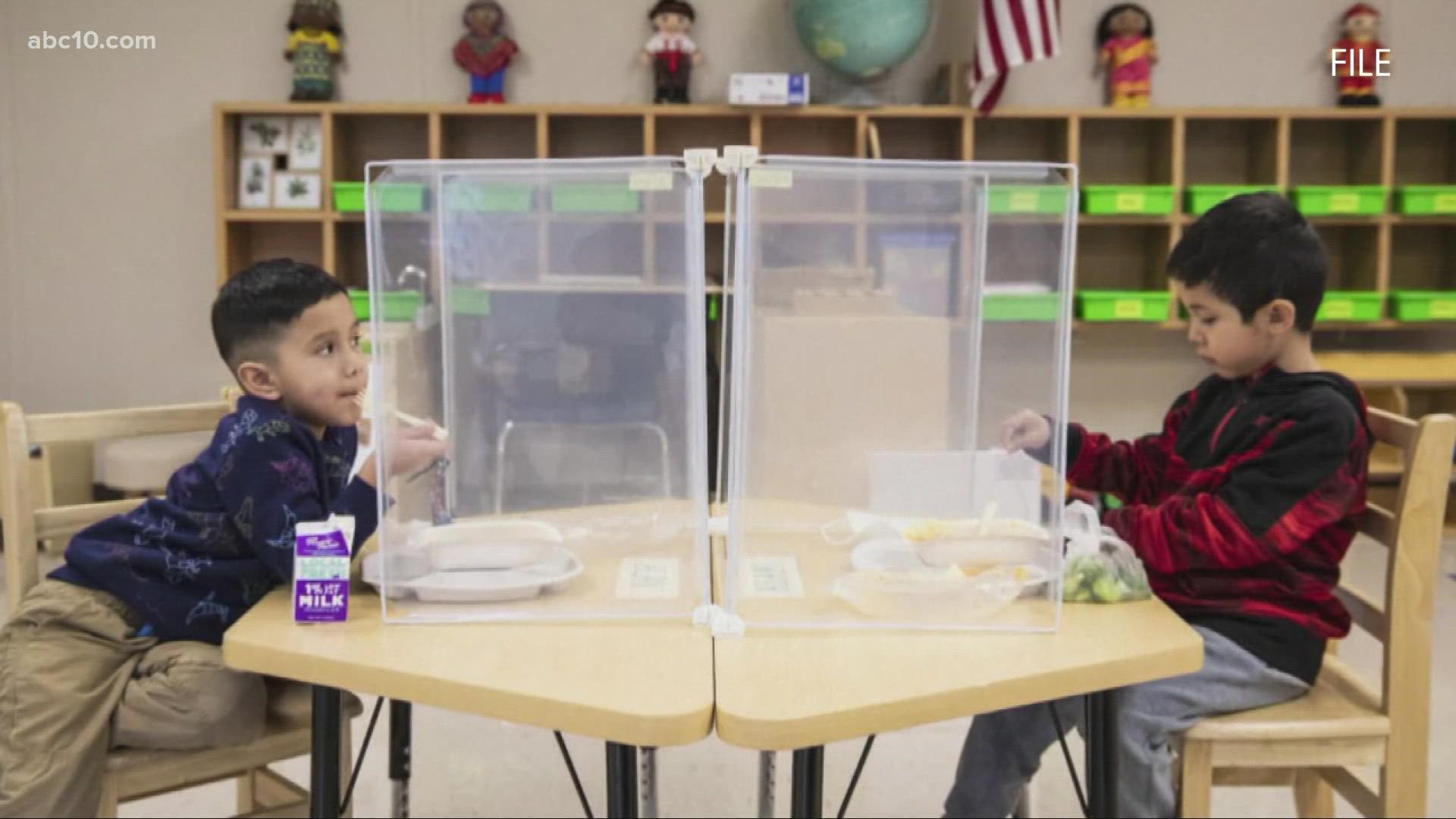SACRAMENTO, Calif. — The pandemic caused chronic absenteeism to soar in California schools. That’s when a student is absent at least 10% of the year.
California schools get funding based on their average daily attendance, and now the state superintendent is working with lawmakers to change the system. Instead of schools getting money based on average daily attendance, they would get it based on average enrollment.
The Department of Education called it a more "equitable funding calculation."
K-12 education researcher at the Public Policy Institute of California Julien Lafortune said two things are true at the same time for this situation.
“We have a record high state budget, state education budget. There's a ton of stimulus dollars that have been going into schools,” he said.
Schools are getting more money than ever and need it more than ever.
“The bad news is that there are lots of needs, so there are significant problems that schools have been facing -- kind of recovering from the pandemic, dealing with ongoing health and safety needs have been taking up a lot of this additional money,” Lafortune said.
That’s why Superintendent Tony Thurmond is sponsoring Senate Bill 830 to switch the school funding system, which is currently based on average daily attendance, to average enrollment.
“Essentially schools that have the kinds of circumstances that drive higher rates of absenteeism, find that they lose revenue, and they lose the kind of revenue that they need to actually address the issues that cause chronic absenteeism,” Thurmond said.
California is one of six states that still uses the average daily attendance.
“There's another component about this bill, that in addition to the revenue, there will be supplemental revenue that says 50% of that revenue would go to focus on efforts to address chronic absenteeism,” Thurmond said.
The author of the bill, state Senator Anthony Portantino, said the change would mean an additional $3 billion in funding for districts.
“I think they should get more,” he said.
San Diego Unified, for example, said they lose $32 per day for every absent student. They also found that it’s the schools in lower-income communities that suffer the most from chronic absenteeism.
WATCH ALSO:
ABC10: Watch, Download, Read



















